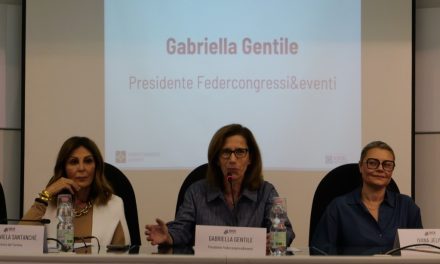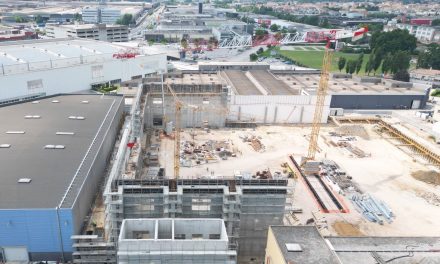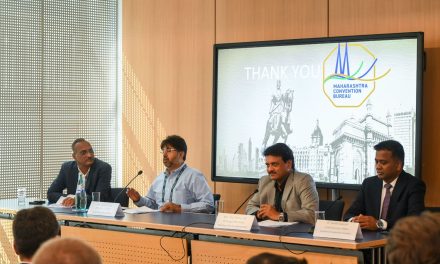Barcelona. The Barcelona International Convention Centre (CCIB), continuing with its firm commitment to improving energy efficiency in its facilities, has installed a 1kW vertical-axis wind turbine on its north-eastern roof in order to generate its own energy. The project was jointly developed with the engineering company Virtus Nova Enginyers which, after analysing various other systems, opted for a mini urban rooftop wind turbine. Of the different types they looked at, they decided on the silent Technowind vertical-axis wind turbine, designed and manufactured entirely in Catalonia by the Catalan company Ficosa.
Philippe Mesnard, Facility and Maintenance Director of the CCIB, says that “apart from choosing the most efficient system and the one best suited to the characteristics of our facility, we also wanted equipment that was manufactured in Catalonia, in order to avoid the carbon footprint involved in buying a product from another country and transporting it here.” Another advantage to installing the turbine is that the energy produced is integrated into the Centre’s existing power grid, which will now be supplied by two different sources. Mesnard adds that “the scalability of the system allows us to incorporate new wind turbines in the future so that we can continue to contribute to energy self-sufficiency, which is one of the goals of the city of Barcelona.”
Technowind wind turbines are notable for their optimal use of the turbulent winds generated in cities. Owing to their design, they are extremely quiet and do not cause any visual pollution as they blend in perfectly with the urban environment. The technology is designed so that the generator rotor does not need to be redirected to adapt to wind direction or intensity. The rotational inertia of the blades makes it an extremely effective device in areas where other types of wind turbines would need to be redirected and restarted.
This is the latest in a series of measures recently implemented by the CCIB, which include the replacement of 172 fluorescent tubes with LED tubes, thus reducing energy consumption by a fifth; the optimisation of lighting controls by means of a computerised monitoring system; and installation of presence sensors in technical areas where there is less frequent traffic of personnel.
Each year the CCIB calculates the carbon footprint of its activities and offsets it by purchasing carbon credits (CER) from projects that comply with the standards of the United Nations Framework Convention on Climate Change (UNFCCC). The Centre offers all its clients the same carbon footprint calculation service, encouraging them to contribute to the compensation of emissions and to develop clean-energy projects.




















